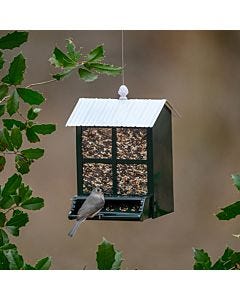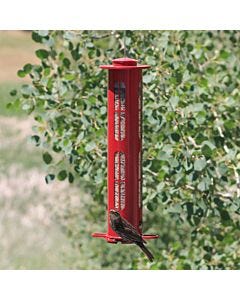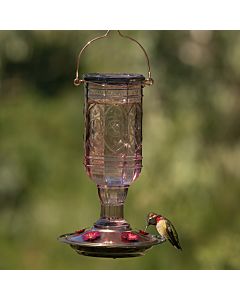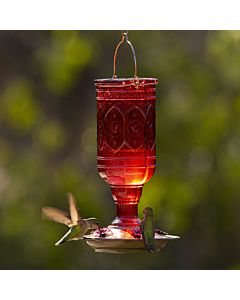Types of Bird Seed
Wild Bird 101 »Overview


Types of Bird Seed
Almost as overwhelming as the choice of which feeder to buy, is the choice of what food to serve in your feeder. Different species of birds are attracted to different seed types.
Related Articles








